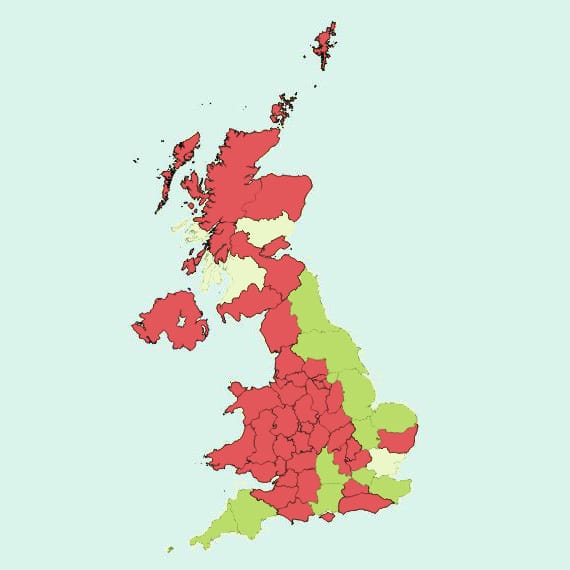Maria Longley, GiGL Community Manager

Accredited LERCs – GiGL became an accredited LERC in July 2016
Once a year, local environmental records centres (LERCs) have the opportunity to meet at their association’s (ALERC) conference. As we all operate in separate geographic locations, it is great to come together to share learning and inspiration. This year, it was also good to celebrate our new status as accredited members of ALERC.
The conference is also an important opportunity to get updates from organisations beyond the LERC network. The Field Studies Council shared information about a new biological recording project, and also about some exciting tools they have developed to aid species identification. This generated some interesting discussions about the value of image recognition tools as an aid for identification but which are perhaps less valuable when promoting the assimilation of knowledge.
Three subjects will be worth our keeping an eye on, to see how they might relate to us in London. Data sharing within the National Biodiversity Network (NBN) will be changing. We also heard about the NBN’s plans for a new Atlas, and how the Scottish Biodiversity Information Forum (SBIF) is carrying out a review of the data infrastructure across Scotland, something that will be interesting for us from a data curation standards point of view.
The conference is also an opportunity to talk to other LERCs and hear about projects they are working on. There was a show and tell element to the conference during lunchtime this year. The North & East Yorkshire Ecological Data Centre brought along the drone they’ve been using to capture aerial photography which can be analysed and segmented to give preliminary habitat classifications. We are thinking about updating habitat data in London, so it is useful to see how other organisations are approaching this.
The role LERCs play in the aggregation and verification of data came up as Clare from Sussex shared their experiences of using iRecord, a website for sharing wildlife observations, including associated photos. The goal of iRecord is to make it easier for wildlife sightings to be collated, checked by experts and made available to support research and decision-making at local and national levels. Clare described the results of a quick poll she had run on how LERCs around the country are using iRecord, and then shared their thoughts on using it.
The increasing number of records coming through iRecord poses questions about verification. One county recorder in Sussex has verified 32,000 records on iRecord alone, which is a phenomenal achievement but not something everyone will have the capacity to do, especially if the number of incoming records continue to increase. There is some overlap between the stated aims of iRecord and those of LERCs, so this is a tool that will need to be taken into account when thinking about data flow locally. This is a question we are also working through within the GiGL partnership.
This enjoyable conference is among the highlights of the year for us.
